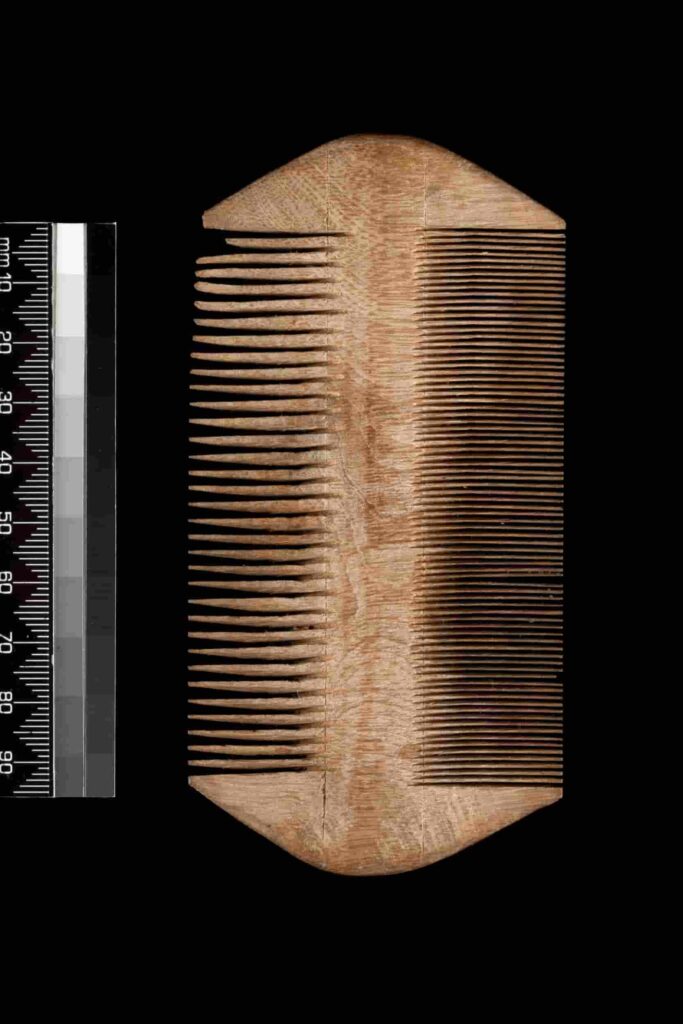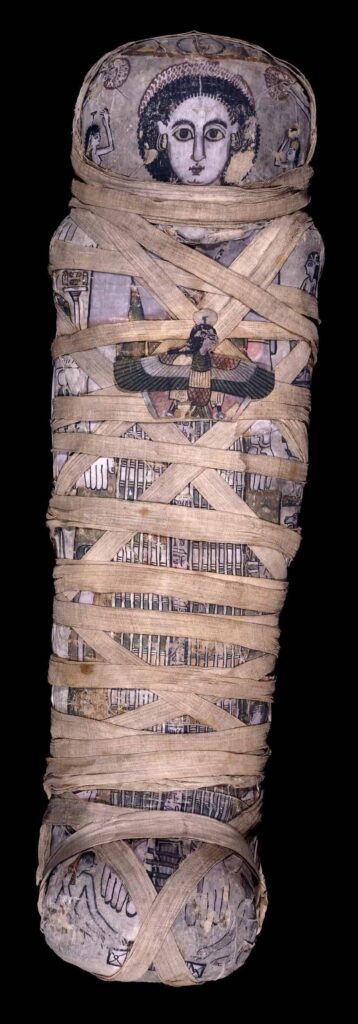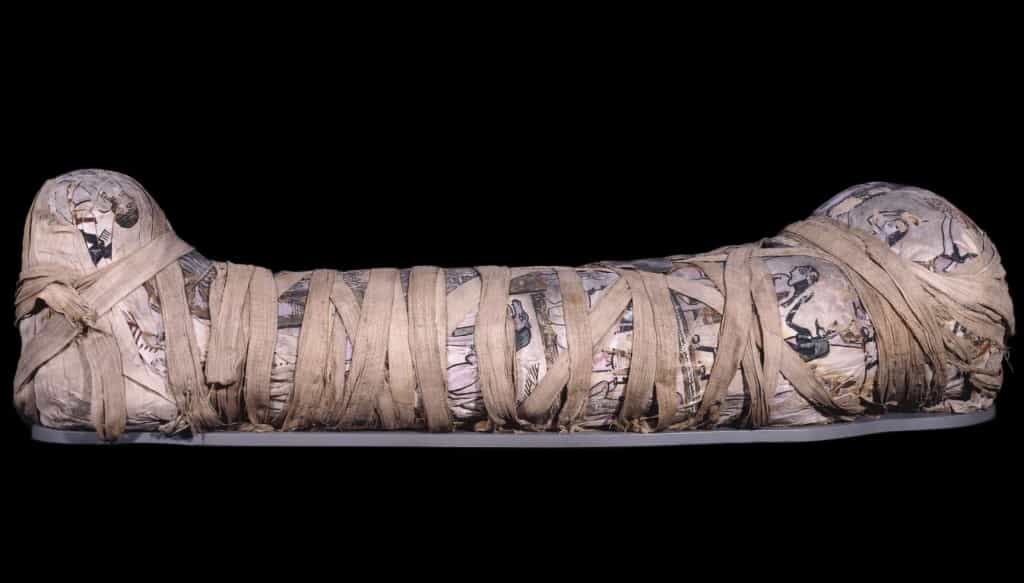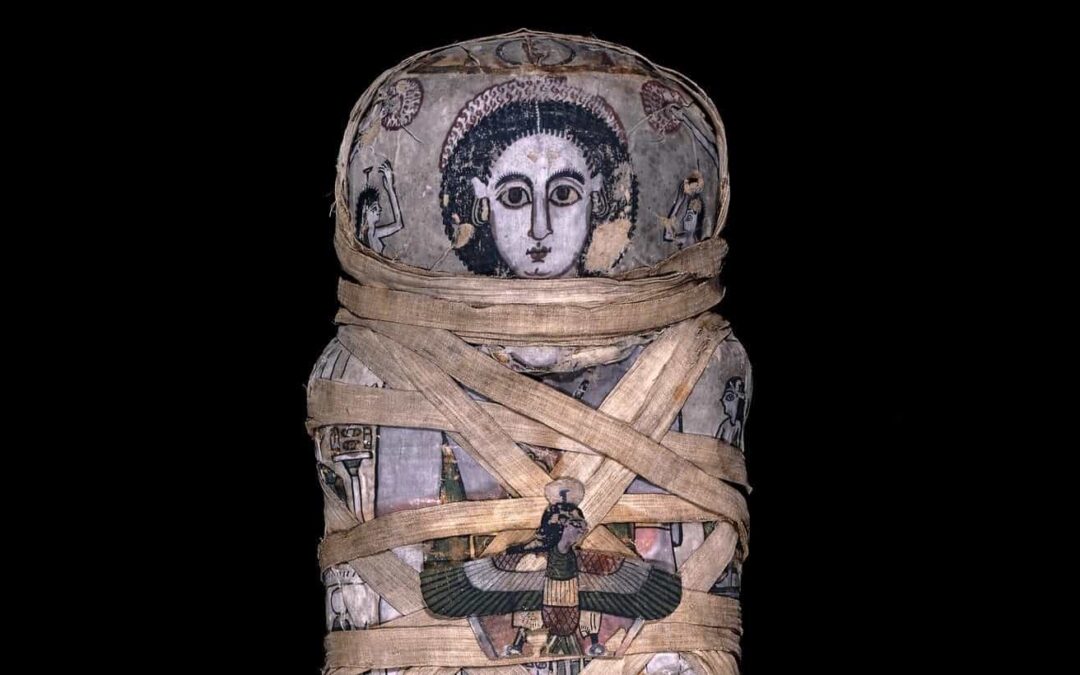The fascinating mummy of a young woman known as Cleopatra, who lived during the Roman Period of Ancient Egypt, approximately between 100 and 120 CE.
Unlike her renowned predecessor, Cleopatra VII, this Cleopatra, aged 17, was not a ruler but rather the daughter of Candace, a member of the Cornelius Pollius family and the Archon of Thebes, during the reign of Emperor Trajan.
Intricate inscriptions on her tomb reveal that Cleopatra passed away at the tender age of 17 years, 1 month, and 25 days, a fact further substantiated by the density of her skeletal remains.
Regrettably, the exact cause of her untimely demise remains unknown, though it was not uncommon for young lives to be cut short in the ancient world.
Interestingly, Egypt had seen six Cleopatras preceding the illustrious Cleopatra VII, and it is plausible that this young woman was named after the famed ruler herself.
Despite living in an era dominated by Roman influence, Cleopatra was mummified in the ancient Egyptian tradition, with her linen wrappings meticulously adorned with depictions of revered deities such as Isis, Nepthys, Anubis, and the Goddess Nut.
This poignant detail showcases the unwavering commitment of the Egyptians to their cultural traditions and religious beliefs, even in the face of shifting styles and influences across the Mediterranean under Roman hegemony.
The mummy of Cleopatra, the 17-year-old “daughter of Candace,” was discovered in Sheikh Abd el-Qurna, Thebes. Alongside her resting place, a trove of offerings was found, including a delicate string of berries, a captivating garland or wreath serving as a tribute, and a finely crafted wooden comb.
Today, Cleopatra’s eternal repose is housed in the British Museum, where her captivating presence continues to captivate the imagination of visitors and scholars alike.










